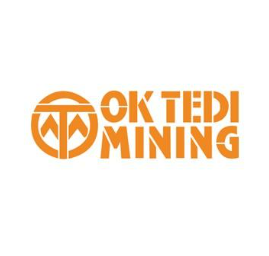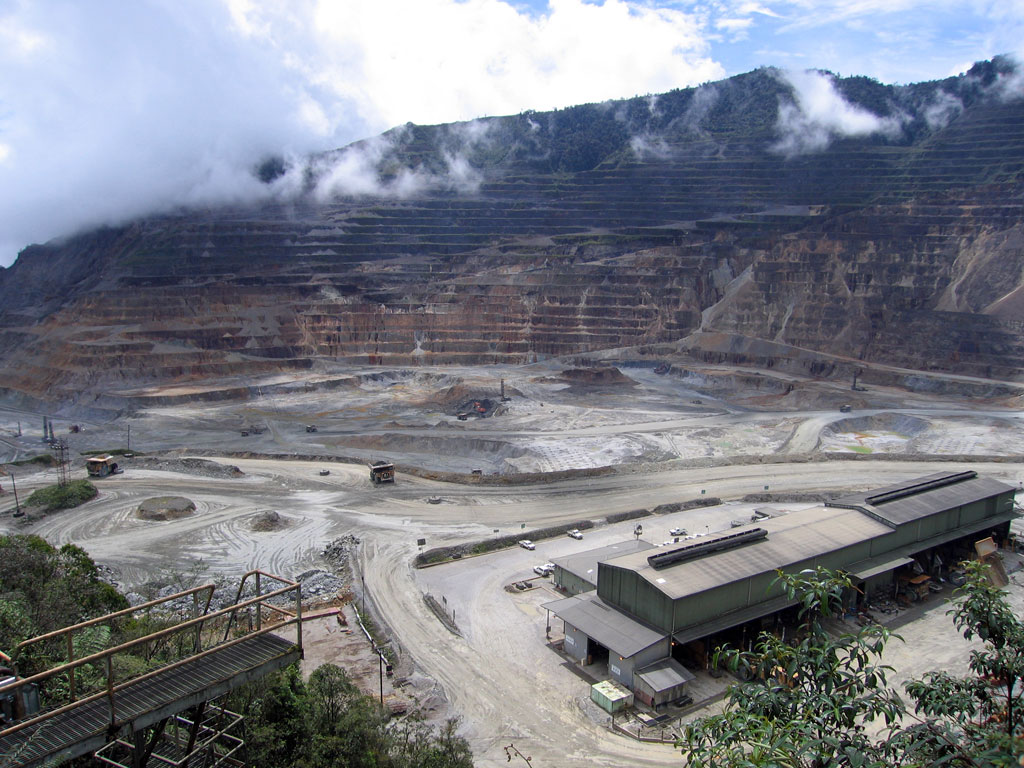
From Reactive to Predictive: How Ok Tedi Proactively Manages Fatigue Risk for 635+ Operators with Readi

Industry
Mining
Challenge
Ok Tedi Mining needed a way to predict fatigue risk before operators began their shifts. Existing in-cab camera systems only reacted to fatigue after it occurred, leaving a critical gap in proactive risk management across haul truck operations.
Results
With Readi, Ok Tedi supervisors gained real-time visibility into operator fatigue risk before each shift. Fatigue interventions were conducted proactively across five operational areas, supporting safer haul operations and early signs of reduced fatigue-related in-cab camera alarms. Over 635 workers were onboarded to Readi, strengthening Ok Tedi’s safety culture and daily operational resilience.
Key Product
ReadiWatch, ReadiOne, ReadiSupervise, ReadiAnalytics
Ok Tedi’s commitment to predictive fatigue management shows what's possible when technology is used not just to monitor fatigue, but to prevent it. They’re leading the way in building safer, smarter operations.

Andrew Morden
CEO @ Fatigue Science

Background
Ok Tedi Mining Limited (OTML) is a Papua New Guinea-based mining company, locally owned and previously operated by BHP. With around 5,000 workers (3,500 contractors and 1,500 full-time employees), Ok Tedi operates a challenging site impacted by frequent heavy rain, fog, and rugged terrain.
At their open-pit mine in Tabubil, Ok Tedi runs 33 haul trucks operating 24/7, averaging 20–22 round trips per shift (30 minutes each).
Approximately 80% of the workforce is fly-in/fly-out.
Fatigue management is critical to their operations — especially given their harsh environment and commitment to continuous production with minimal downtime.
The Challenge
Ok Tedi sought to strengthen its Fatigue Risk Management System (FRMS) to move from reactive monitoring toward predictive, proactive interventions.
While all haul trucks were already equipped with in-cab fatigue camera systems (CAT DSS), leadership recognized a critical gap: The system was reactive. By the time a fatigue alert was triggered, it could too late to prevent an incident.
They needed a way to identify fatigue before the shift began — so at-risk drivers could be supported early and safely rotated without disrupting haul cycles.
Why Readi?
Ok Tedi evaluated other fatigue management approaches but found them either too reactive, overly reliant on constant internet connectivity, or lacking day-to-day operational visibility.
Readi stood out by offering:
-
Predictive insights before the shift starts
-
A simple, actionable fatigue score (ReadiScore) for supervisors
-
Seamless integration into pre-shift workflows, even in low-connectivity environments
-
Support for non-punitive interventions focused on worker wellbeing
Readi offered the missing predictive layer Ok Tedi needed to move from alarms to prevention.
The Implementation: Bringing Readi to Life at Ok Tedi
Readi was deployed across four major operational areas:
| Area | Focus | Supervisory Process | Users (approx.) |
|---|---|---|---|
| Mine Department | Haul Truck Operators, Underground Operations, Maintenance, Management | Supervisors intervene based on ReadiScore | 405 |
| Major Projects | Bus and Escort Drivers | Morning ReadiScore checks; low scores substituted before heading to site | 36 |
| Engineering, Infrastructure & Projects | Crane Operators and People Transport, General Transportation | Supervisors monitor and intervene on low scores | 104 |
| Blasting | Contracted, Transport, Heavy Equipment, Hazardous Goods | Safety Manager monitors scores and enforces breaks |
48 |
| Milling & Processing | Heavy Equipment, Concentrate Transport | Supervisors intervene based on ReadiScore |
36 |
Supervisor Training and Buy-In
All supervisors underwent Readi training, with strong engagement. Supervisors committed to proactively monitoring crews’ ReadiScores and intervening when risk thresholds were crossed.
Pre-Shift Syncing
Custom sync workflows were set up based on crew locations — using tablets in Crib Rooms, Mess Halls, and mobile setups to work around patchy internet access.
Integrations with Dispatch
When a fatigued driver needed to be pulled, Ok Tedi’s dispatch system allowed for seamless driver rotation without truck downtime.
The Results: Building a Safer, Smarter Operation
Ok Tedi has already achieved:
Early Fatigue Identification — Supervisors intervened proactively before incidents occurred.
Camera Alarm Reduction — Early signs indicated fewer in-cab camera alarms triggered, as high-risk drivers were supported preemptively.
Strong Supervisor Ownership — Supervisors embraced Readi as a key tool for improving safety culture.
Flexibility Across Operations — Each business unit tailored Readi processes to fit their unique environments.
Favorite Features Highlighted by Ok Tedi:
-
Simple visibility into risk levels at the start of shift
-
Actionable ReadiScores that fit daily workflows
-
Mobile-friendly sync solutions for remote areas
-
Support for positive, non-punitive conversations around fatigue
Looking Ahead: Expanding Predictive Fatigue Management
Ok Tedi plans to further formalize its fatigue intervention protocols, with leadership pushing for:
-
Standardized intervention guidelines across all teams
-
Broader rollout of Readi usage, including additional contractors
-
Increased operator education on understanding their ReadiScores
By embedding Readi deeper into daily operations, Ok Tedi is setting a new standard for proactive, predictive fatigue management in one of the world’s most challenging mining environments.

